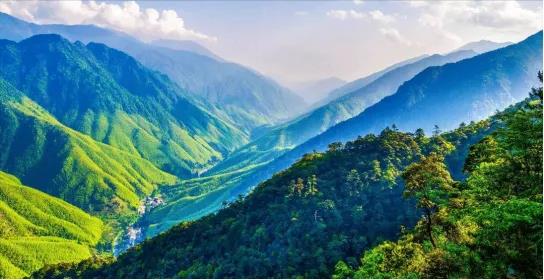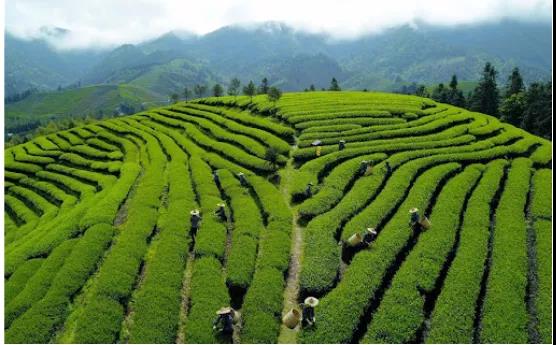Moments in Fujian
Home >> Moments in FujianGI Episode 14: Three Tea Products of Mount Wuyi
Source: eu.china-mission.gov.cn | 2022-07-27 16:19 Click:
The China-EU Agreement on Geographical Indications officially entered into force on March 1, 2021. It is China's first bilateral comprehensive and high-level agreement on the protection of geographical indications (GIs), and an important and practical outcome in the development of China-EU economic and trade relations in recent years.
We will continue to introduce to you the first batch of 100 Chinese GIs and 100 European GIs under the Agreement, to better protect and market them to meet the needs of consumers on both sides for a better life.
Introduction to GIs under the China-EU Agreement on Geographical Indications (14): Three Tea Products of Mount Wuyi
Mount Wuyi is located in Chong’an County in the northwest of Fujian Province, and is famous for its amazing landscape, especially its Danxia landform and the crystal-clear Jiuquxi River flanked by peaks of various shapes and steep cliffs.

It boasts one of the best ecosystems and biodiversity at the same latitude of the Earth. The Wuyishan National Park is home to 2,799 species of higher plants and more than 7,400 species of animals, including 6,849 species of insects, making it a gene bank of global significance.

Mount Wuyi is also one of the biggest sources of origin for GI products in China. As the birthplace of oolong tea and black tea, it has produced the world-renowned Wuyi Rock Tea, Da Hong Pao and Lapsang Souchong, all three among the first 100 Chinese products protected by the China-EU Agreement on Geographical Indications.

Wuyi Rock Tea is semi-fermented green tea, has both the fragrance of green tea and the sweet mellowness of black tea, and is known for its “rock flavour”. Da Hong Pao is considered of the finest quality of Wuyi Rock Tea. The six mother trees in Jiulongke, Tianxin Rock, Mount Wuyi, have been protected from tea leave picking since 2006. The unique techniques used to making Da Hong Pao have been included in the national intangible cultural heritage list. Lapsang Souchong is a fully-fermented black tea, and its soup is in dark red and smells a distinct aroma of burned pine.

Local tea farmers believe in the green, healthy way of tea cultivation and production. The weeds and insects are removed only manually, and the traditional tea-making techniques such as charcoal roasting are applied so that even a small sip of the tea soup can reveal the excellent ecological environment of Wuyi region.